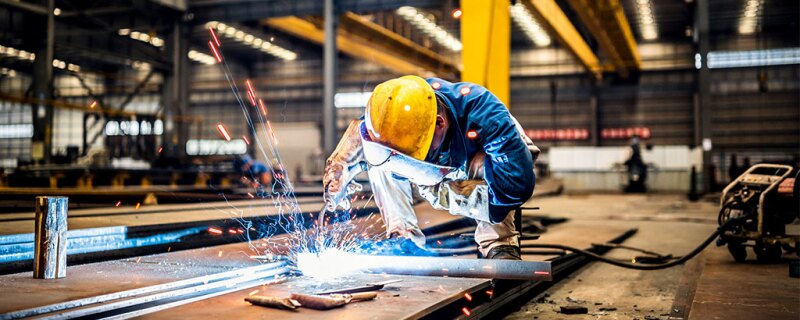All hot work that is conducted in an area that is not specifically designed and equipped for hot work operations must be conducted under an approved Hot Work Permit. The use of a hot work permit is a good idea when you’re dealing with circumstances where work involves flames or sparks, where flammable materials are close by, and when work is to be completed in environments where such activities are not normally carried out.
Hot work permits can:
- Ensure that there is a formal confirmation that safe systems of work are being followed.
- Coordinate the work activities with other persons or other work processes, such as fire watch.
- Provide time limits on when it is safe to work.
- Provide specialized Personal Protective Equipment (PPE) or methods of communication.
- Ensure that the worksites are properly supervised to ensure ultimate safety.
When contractors are employed to perform hot work on the premises two options for hot work permits are available:
- The host organization uses its own hot work procedure that includes a hot work permit. All people, including contractors and internal employees, are required to use this procedure for all hot work carried out on the premises.
- Contractors use a hot work procedure of their own. In this case, the employer must be sure that the contractor is using a suitable hot work procedure and that the procedure is used in the appropriate cases.
Fire Watch
Fire Watch is a worker assigned by the Hot Work Supervisor to observe ongoing hot work and to identify and respond to fire hazards. Fire Watch personnel monitor the safety of hot work operations and watch for fires. Fire Watches are posted when the Hot Work Permit requires them, during hot work, and for at least 30 minutes after work has been completed. Any employee who has successfully completed Hot Work Safety and Fire Extinguisher training can serve as Fire Watch.
A Fire Watch should be issued if any of the following are present at a worksite:
- Combustible materials are within a 35-foot radius of hot work and can’t be removed.
- Wall or floor openings within a 35-foot radius of hot work expose combustible materials in adjacent areas, including concealed spaces in walls or floors.
- Combustible materials are adjacent to the opposite side of partitions, walls, ceilings, or roofs and are likely to be ignited.
- It is deemed necessary by the Hot Work Supervisor.
Permit design
Different areas within a building can contain varying levels of risk, and the permit should be designed to fit within all of the risk potentials. The permit should include as much information as possible in terms of the proposed works.
The hot work permit identifies the work to be done, the person who is to do the work, the length of time likely to be taken, the hazards associated with the work, and the control measures used. The permit should be as simple as possible and should not take too long to complete.
The layout of the document will depend on the work that needs to be done and the managerial arrangements for responsibilities within the organization. Typically, a standard permit includes:
- The date, job site/location, and name of the employee performing the hot work
- A specific description of the work to be undertaken
- A hot work checklist to identify any hazards and required precautions
- Fire-fighting equipment available at the site
- Time limits for work duration
- Emergency Information and fire watch sign-off
- Sections for authorization, acceptance, and cancellation signatures.



